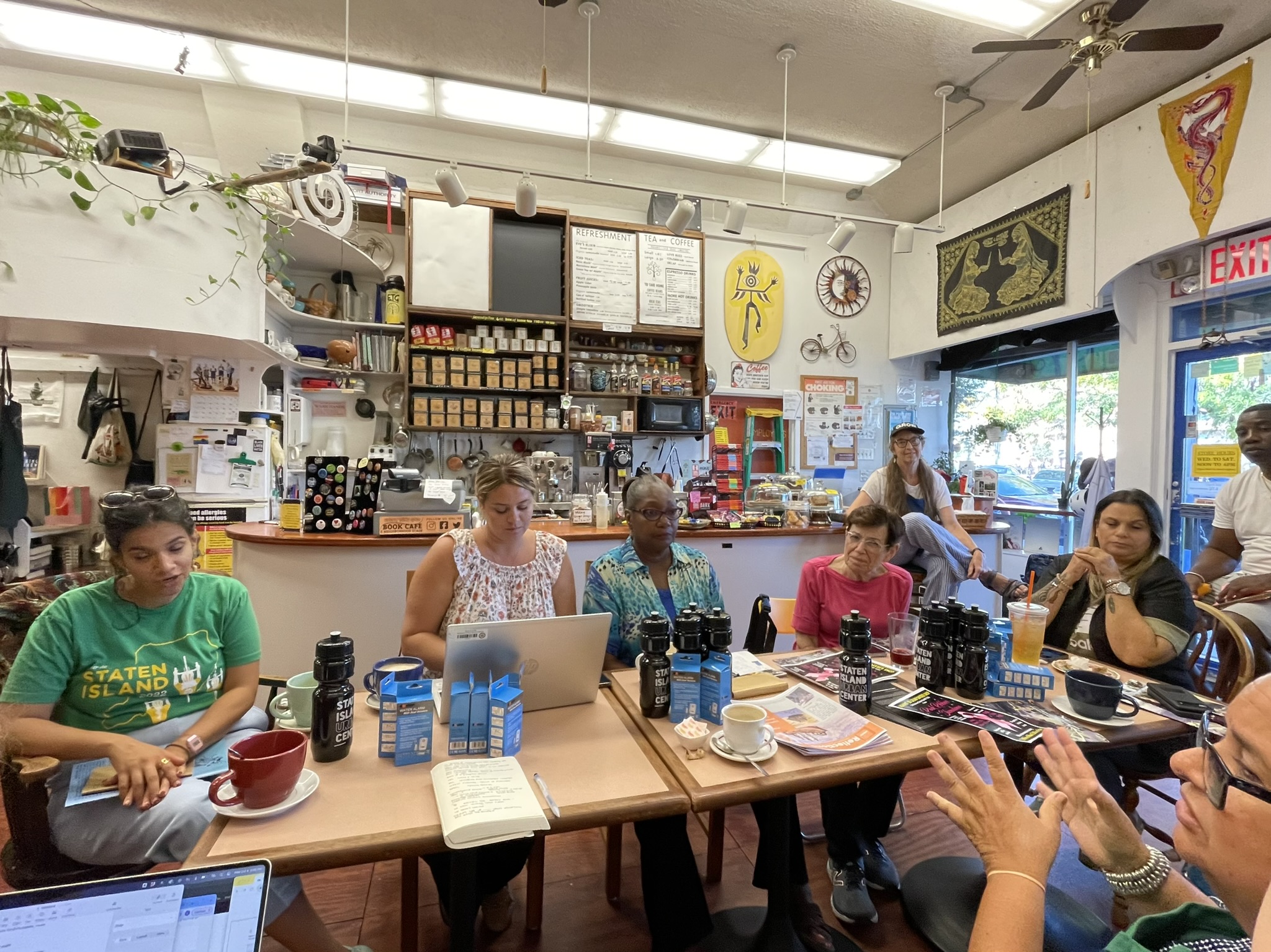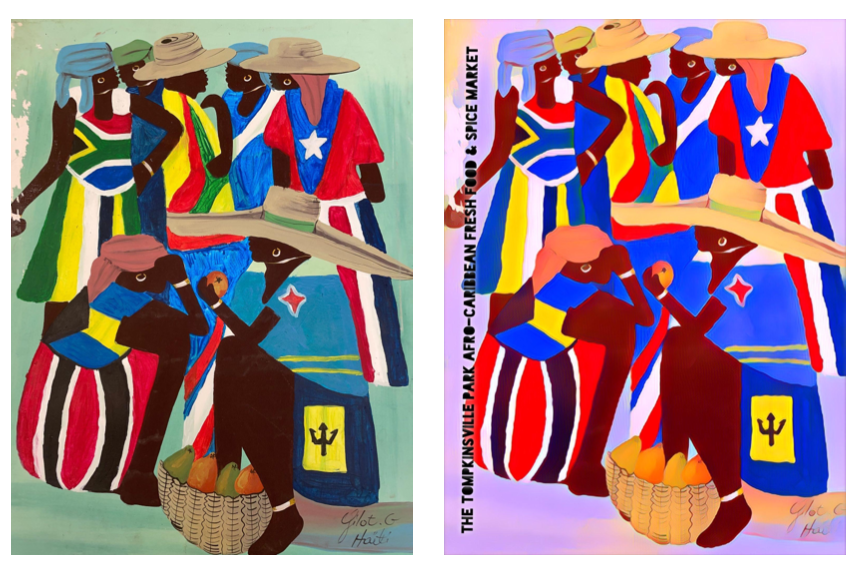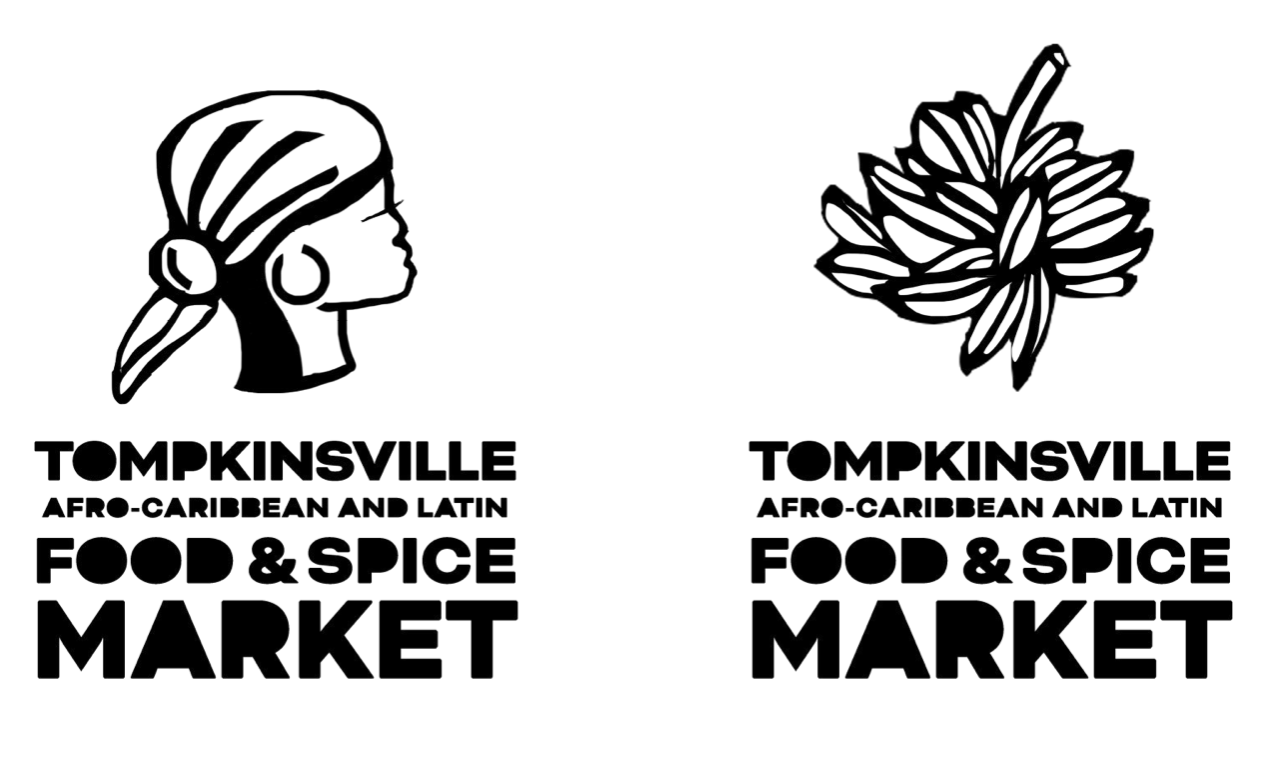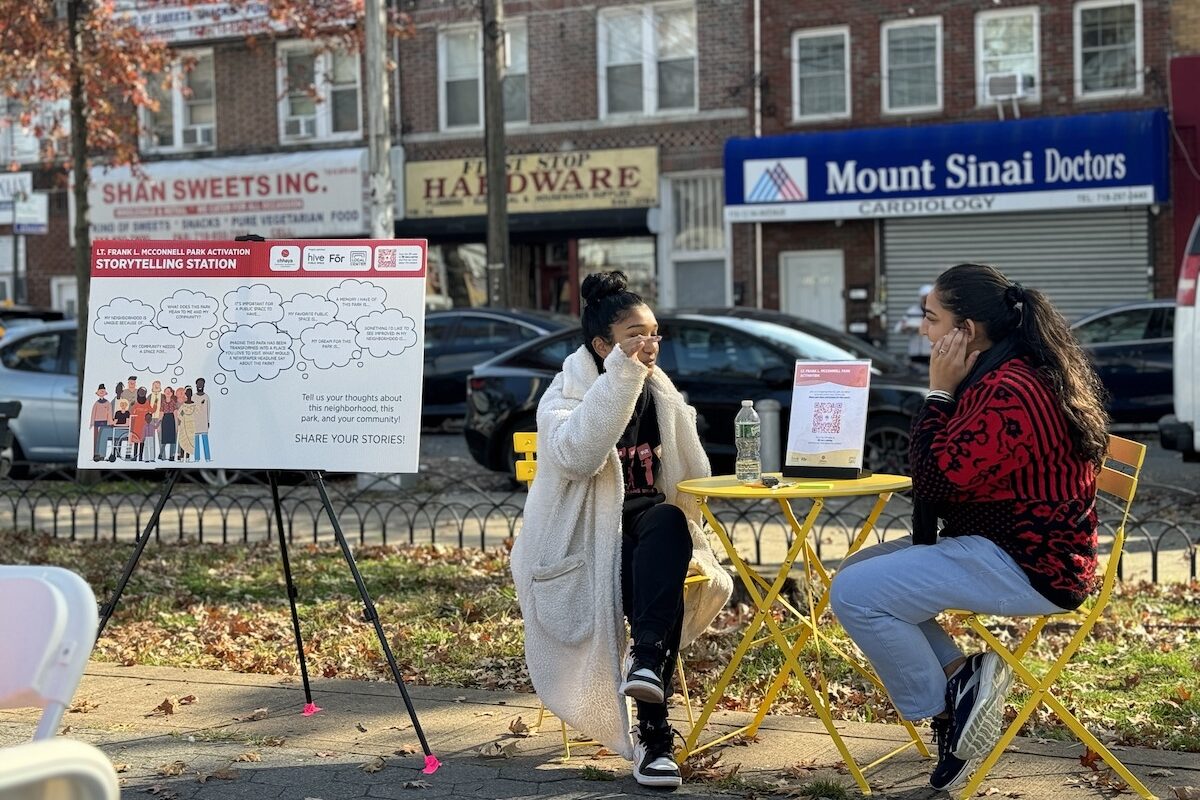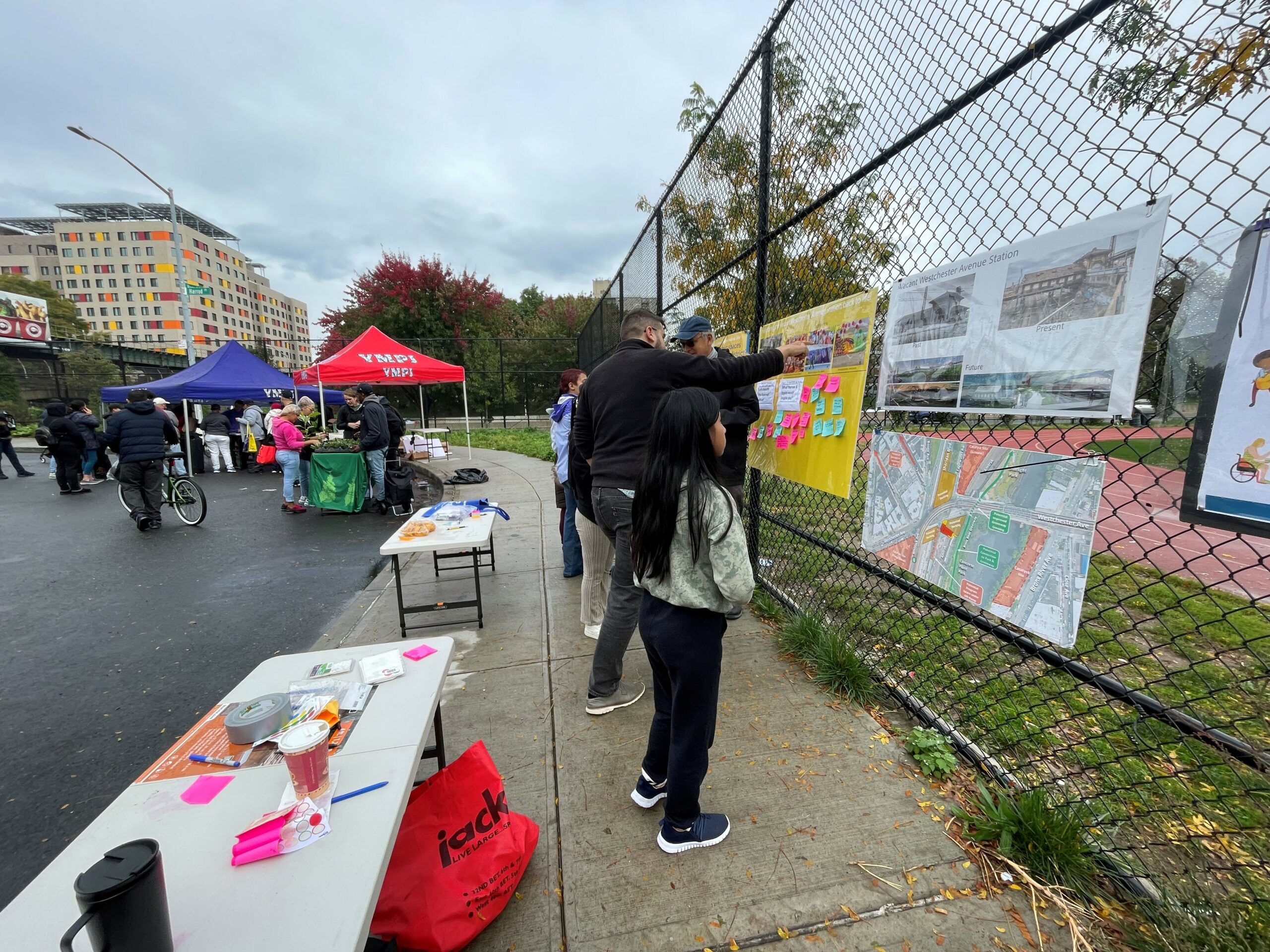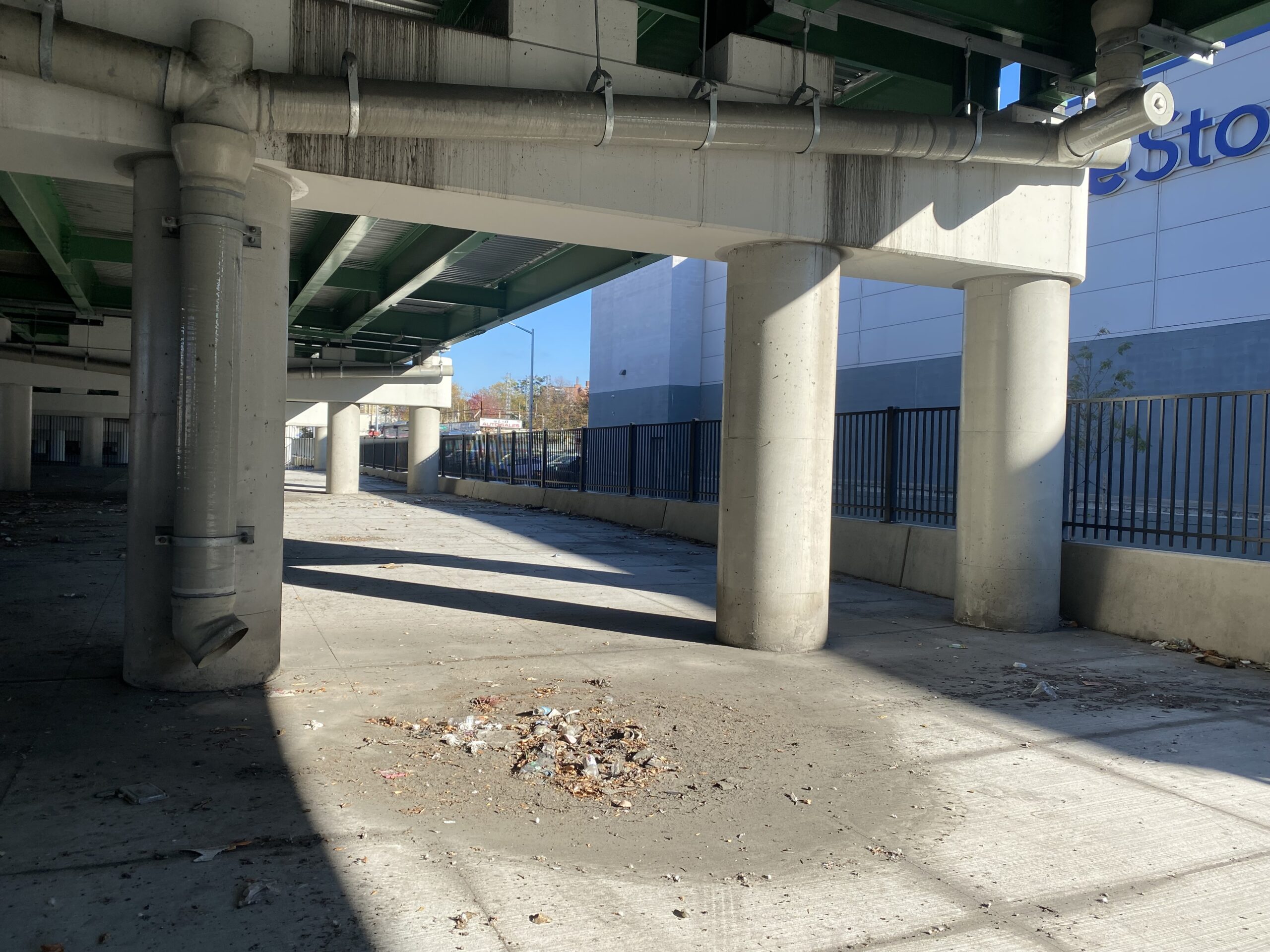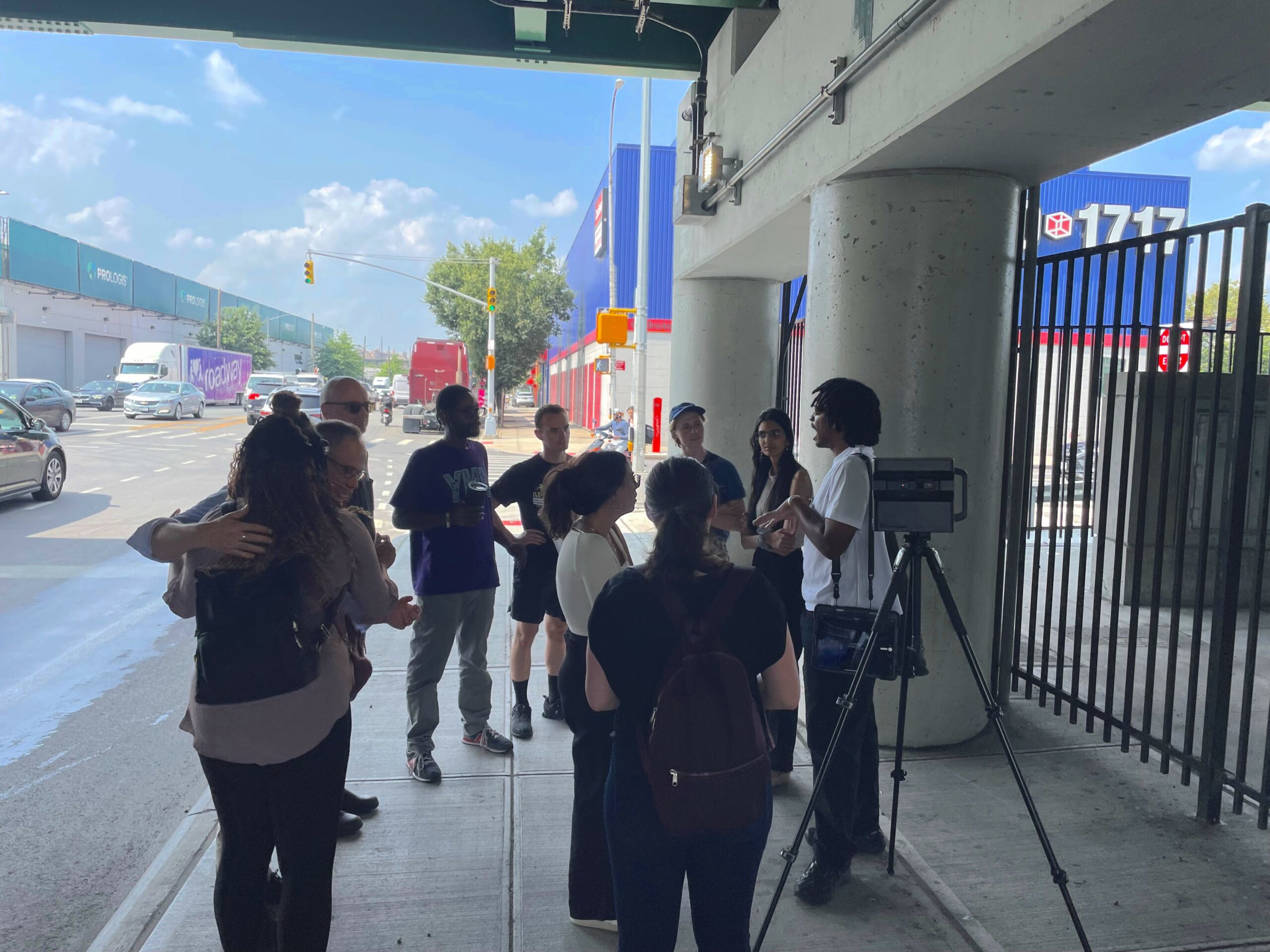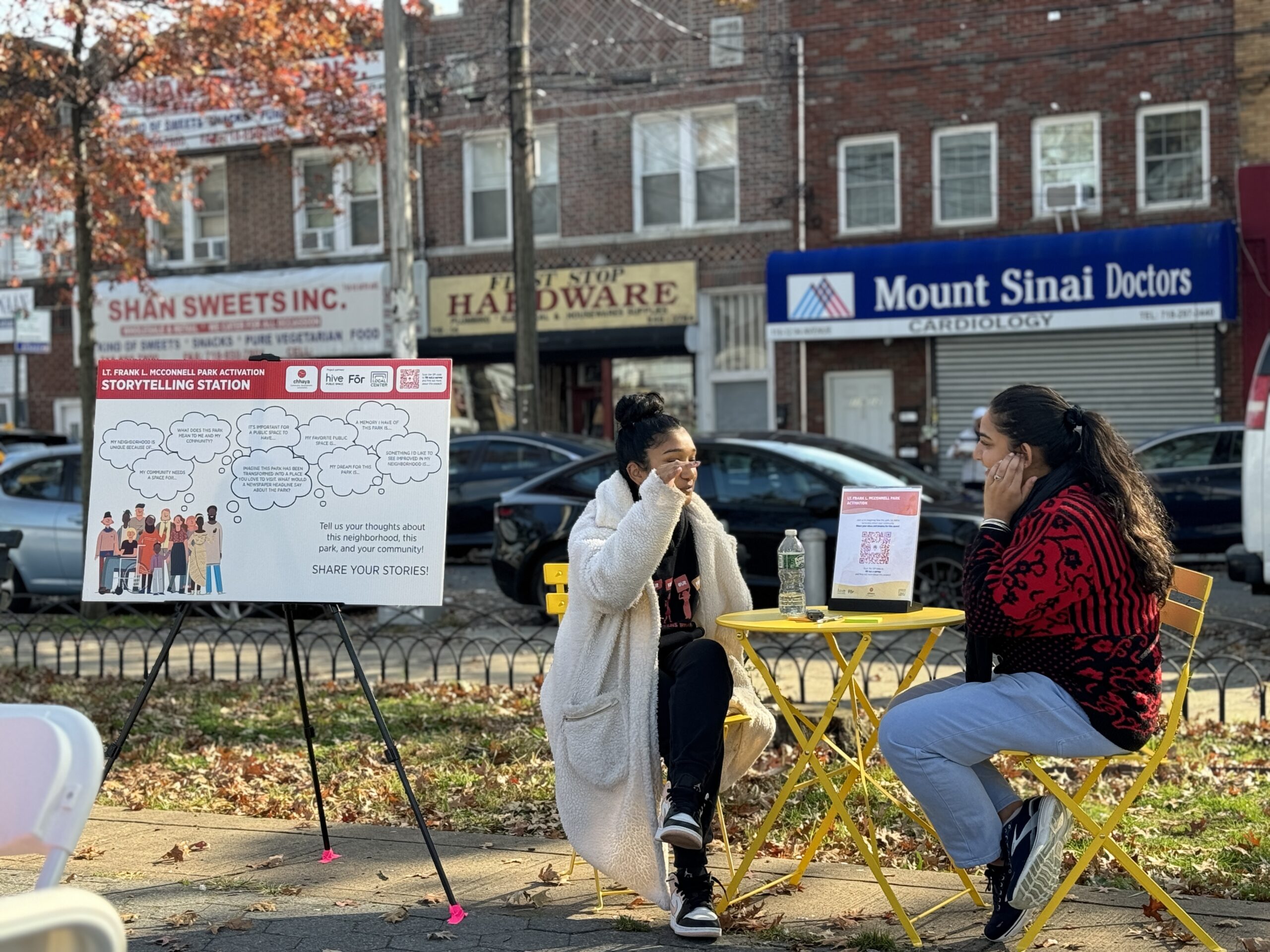
In June, we kicked off our first cohort of Local Center projects, led by five neighborhood organizations working in public spaces across the city that have been historically overlooked by design and planning processes. With the help of design teams ready to roll up their sleeves, our partners have been engaging their neighbors and developing ideas to celebrate their communities’ cultural practices and honor their histories. We can’t wait to see their activations come to fruition next summer.
We recently caught up with a few team members on what they’re learning so far and where they are headed.
⦿ Designing an Afro-Caribbean Food and Spice Market in Tompkinsville, Staten Island
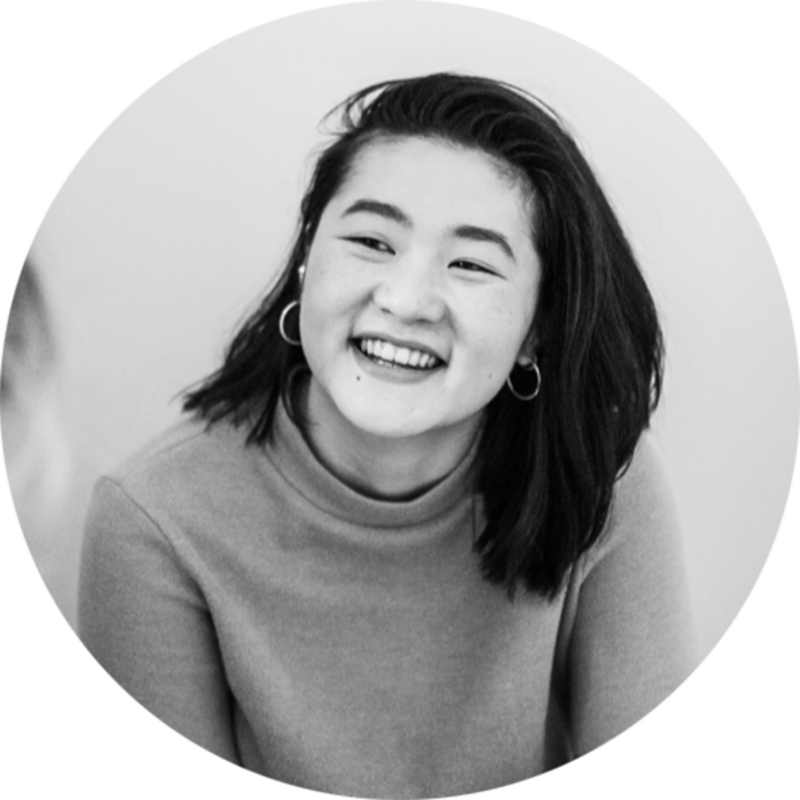
Andrea Chiney, A+A+A
On un-structuring community engagement
“At first, we tried to have a lot of structured community engagement. But because this community is so diverse and also so decentralized, we realized we had to shift our strategy to a more unstructured type of engagement, where we show up to meetings and community events that aren’t just geared towards people meeting us, but rather us showing up with an interest in learning more about the community and the conversations.
At all of these events, instead of getting the specific data you might get through more structured engagement, it’s helping us tease out the politics and the needs of the community, which come more as a conversation. Slowly, people have started to figure out — those are the girls from A+A+A!”
On a market identity that feels like home
“We realized we needed an identity for the market in order to get folks interested. I’m really proud of the marketing workshops we’ve done with Kelly [Vilar, CEO of Staten Island Urban Center (SIUC)]. In the first meeting, we realized that SIUC already had a drawing that they had created with a group of youth. It was a painting that Kelly had bought at a thrift store, and the young people had painted on top a bunch of different Caribbean flags. It’s beautiful: their vision was about how it starts in Tompkinsville, but it’s really for a global audience — it’s about creating a home away from home.
With this image as a starting point, we abstracted elements of the image to create block-print like icons that we hope are going to be kind of like mascots for the market. Kelly likes them so much because when you talk about Africa, the Caribbean and Latin America, it can’t just be bananas. Can it also represent plantains? Is it a fruit? Is it a flower? Is this a Haitian woman, or a Colombian woman — it could be so many types of women. Because the entire team is female-led, we’re really excited to have one of the logos look like a woman.
I’m really happy with this, because everyone we’ve shown it to feels that it is representative of the spirit of the project. And for us as designers, that’s a really exciting starting point.”
Neighborhood Partner: Staten Island Urban Center
Design Team: A+A+A
Andrea Chiney is a co-founder of A+A+A, a multidisciplinary design studio committed to making places more inclusive, collaborative, and joyful.
⦿ Activating Lt. Frank McConnell Park to celebrate the Indo-Caribbean and Punjabi communities of Richmond Hill, Queens
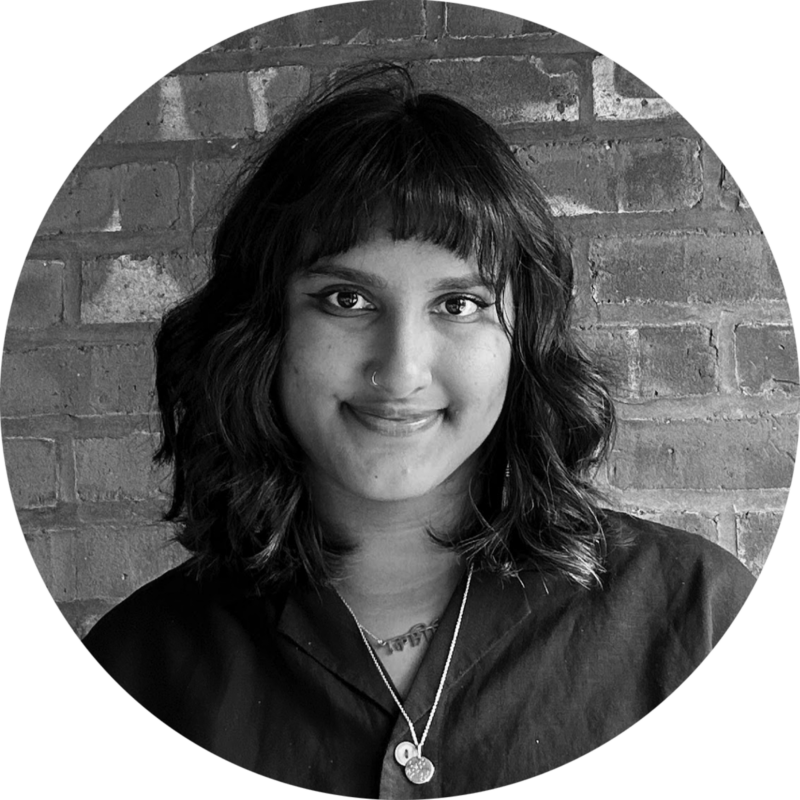
Jess Balgobin, Chhaya
On sharing nuance and chai
“One thing I’m really proud of is our team orientation. When we started this work, I wanted to make sure that the design team could really get to know Richmond Hill and South Ozone Park. I organized a day where the team came, I gave a presentation about the neighborhood, and we did a walkthrough from Liberty Avenue to the park. I got to bring my expertise as a person from this community, and talk about my neighborhood with a lot of nuance. Even creating the presentation helped me to reflect on why I love living here and why I got into this work in the first place.
One of the main reasons we are doing this project is to deepen our roots and reach more people. Our first activation in the space was huge. It was a ‘wow’ moment, where we had been feeling nervous, but when we were in the space on that Sunday, it showed me that we needed to be there in the space to grab people’s attention, to talk to them and engage them. Asking the question, “what would you like to see in this park?” was a very simple way of engaging them, and they were curious. In our neighborhood, snacks are a big thing, so we had chai, and that was a great help.
On uncovering new needs
“This project has really reinforced a few things about Richmond Hill. The neighborhood has been so disinvested from, historically and currently. Because the park is lesser known and not regularly used by the community yet, it can be challenging. We had been thinking about this project as creating a secular space, but in speaking with a leader of a Christian church, and realizing they are lacking space too, we’re moving a bit more towards asking how we can intentionally engage religious institutions that could really benefit from this space as well.
The design team has been really helpful with thinking out of the box with engagement tools — not cookie cutter ways, but being able to co-create a space that really resonates with people, which is really needed for a community like this. Growing up in this neighborhood, where there are not many public spaces like the one we’re trying to create, I’m learning so much with the team about the process of designing public spaces, and how beneficial and wonderful they can be for communities.”
Neighborhood Partner: Chhaya CDC
Design Team: Hive Public Space and Studio Fōr
Jess Balgobin is the Special Initiatives Manager at Chhaya CDC, the only South Asian and Indo-Caribbean Community Development Corporation (CDC) in the nation.
⦿ Developing art installations under the Bruckner Expressway at the future home of the Soundview Economic Hub

Madhur Bhadsavle, Youth Ministries for Peace and Justice
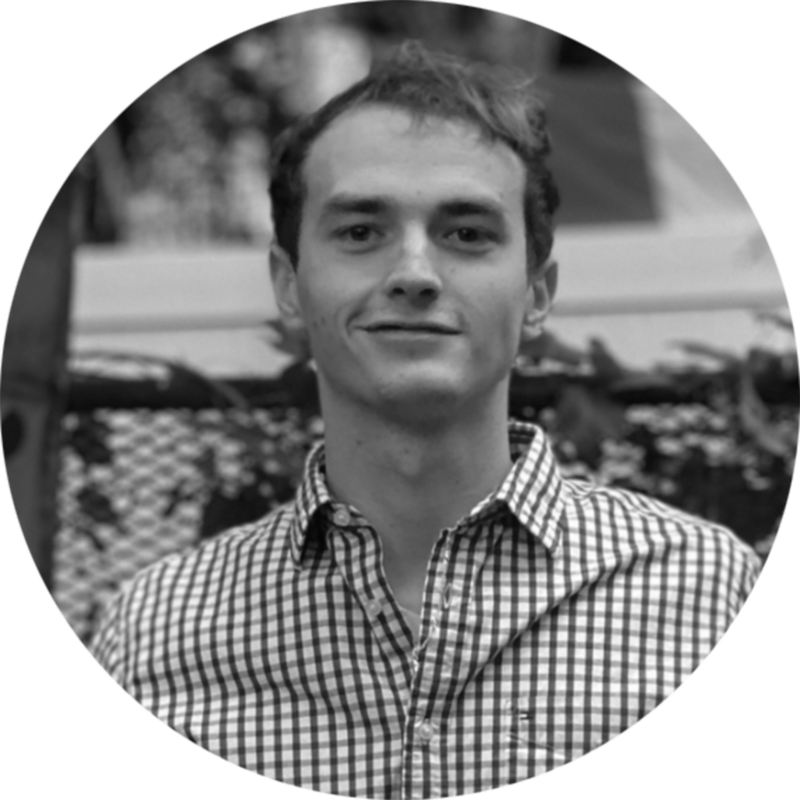
Reece Brosco, Youth Ministries for Peace and Justice
On connecting technical expertise to education
“In this project, we’ve done a lot of visioning, in a broad sense. We came in knowing generally what we are hoping for. But the level of expertise we’ve received from the team in architecture, sound design, lighting design, and more has been really important for the project because now it feels tangible. It’s gotten us really excited. We’ve always known this is a unique space, with the acoustic challenges of being under an expressway, but having this level of expertise has pushed us in the right direction, and kept us motivated that we can start to bring our community’s vision to life.
A real ‘aha’ moment for us was when we went with the design team to the site, and we were able to enter and actually walk around, since it is usually behind a locked gate. That felt really good. It was like, we’re actually doing this! With the team members there who could really explain, in technical terms, things like the science of sound and lighting and the ways to measure air quality, it really got our wheels turning.
It actually informed a conversation we had recently about measuring air quality, since that is so connected to our values of climate, social, and environmental justice for the hub, and helped us think about how we can integrate this type of education more meaningfully into the site.”
On community ownership
“We did our first engagement for this site during COVID, all remotely, so recently, when we’ve been able to interact with folks in person at our Open Street with the design team, we’ve actually had community members come up to us and say. ‘This space is great!’ and tell us what they want to see. I’ve been proud that the community is taking ownership already, which is what we’ve always wanted to do with this project.”
Neighborhood Partner: Youth Ministries for Peace and Justice (YMPJ)
Project Team: Ennead and Public Works Partners
Madhur Bhadsavle and Reece Brosco are part of the team at Youth Ministries for Peace and Justice, founded in 1994 with the mission to rebuild and improve critically impoverished neighborhoods of the South Bronx.
Quotes have been edited and condensed for clarification purposes.
The Local Center is our community design initiative in partnership with the Association for Neighborhood & Housing Development. Learn more.
